Report this entry
More from the same community-collection
"Green Golly" at Chalk the Block 2009
This picture shows "Green Golly", a huge balloon by Sharon E. ...
Bus Stop near the Cafe Central on Oregon
The Plaza Hotel, on the corner of Oregon and Mills, is to the ...
Paso del Norte Bridge in El Paso, Texas.
Paso del Norte Bridge, Border Highway intersects El Paso Street ...
DeSoto Hotel and El Paso's Boxing Wall of Fame
De Soto Hotel can be found on E Mills Avenue 309. They can be ...
Subway Restaurant surrounded by buildings 105 N Stanton.
Subway Restaurant surrounded by apartment buildings on 105 N ...







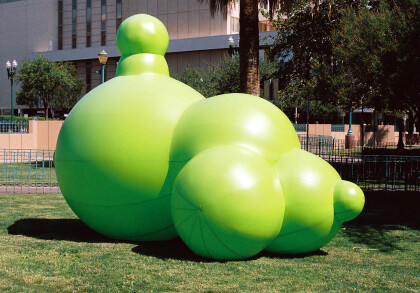
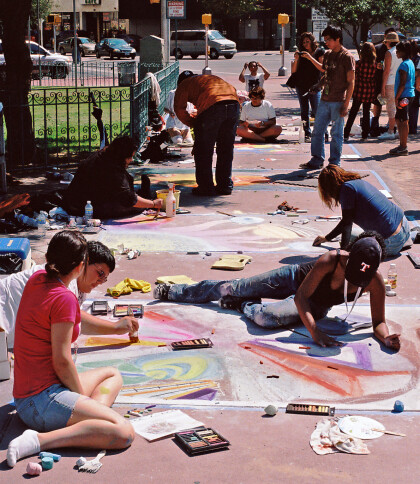
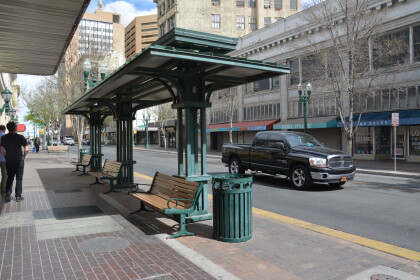
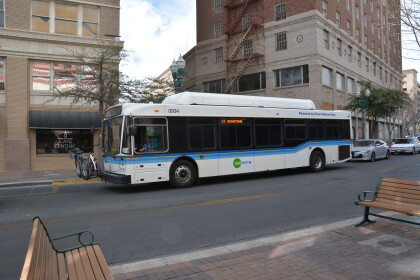
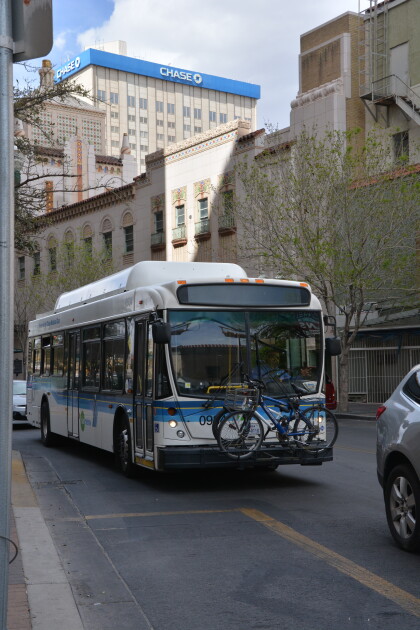
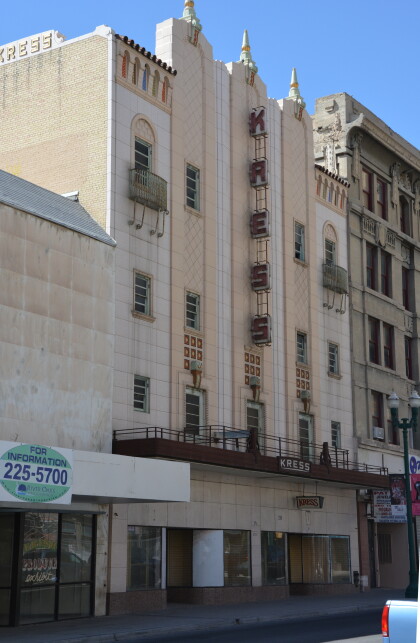
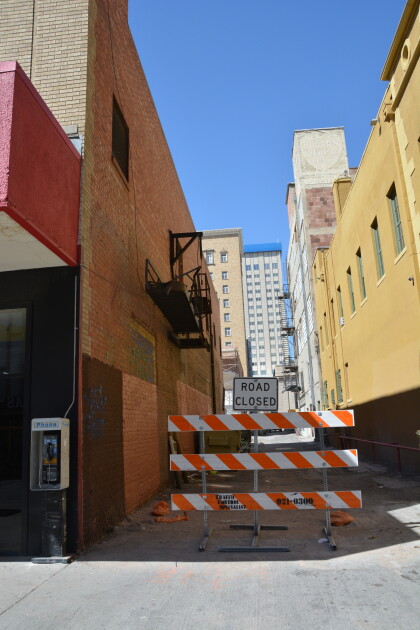
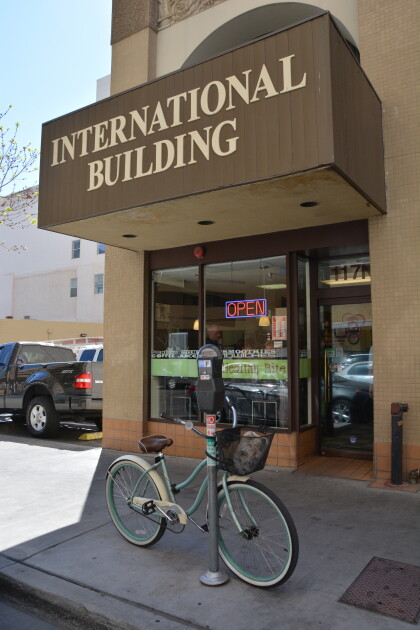
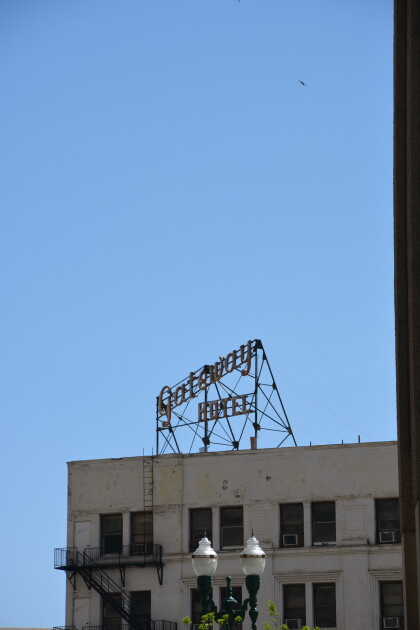
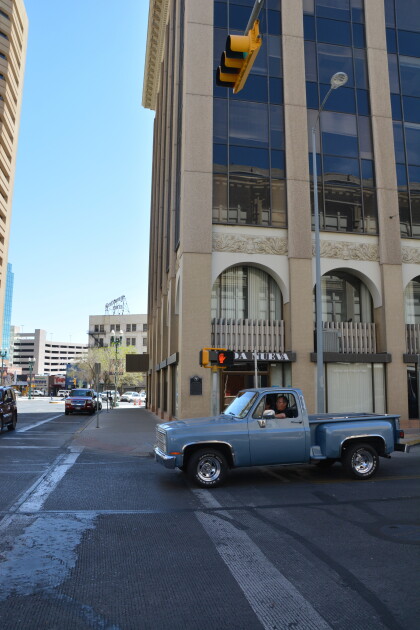
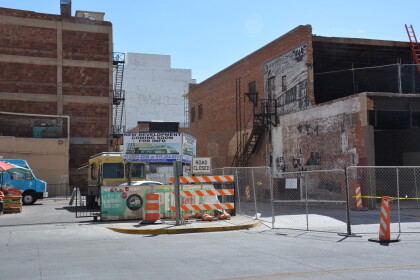
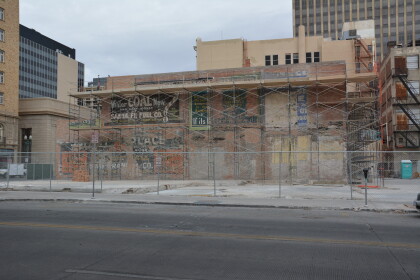

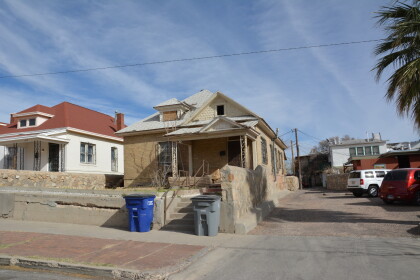
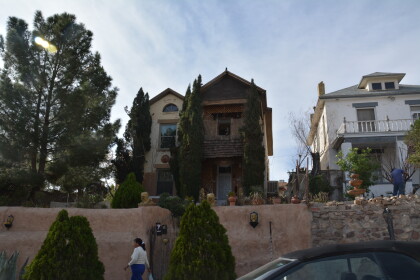
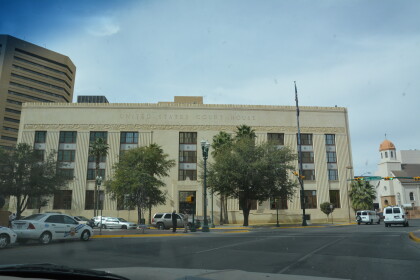
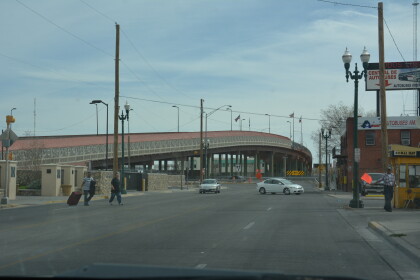
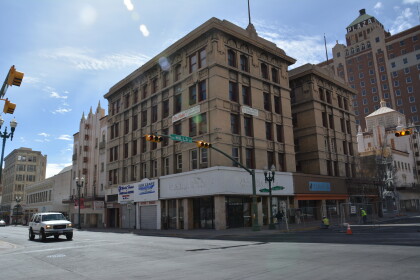
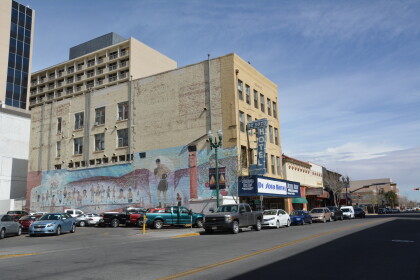
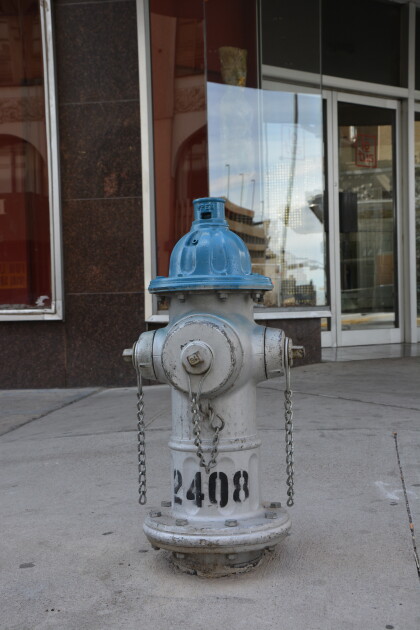
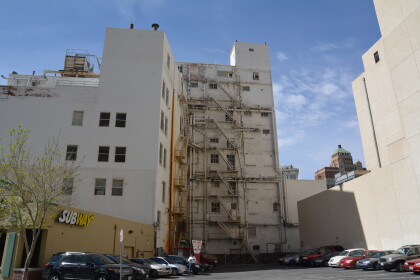
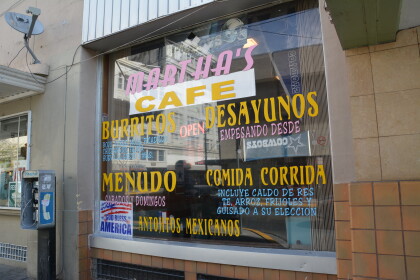
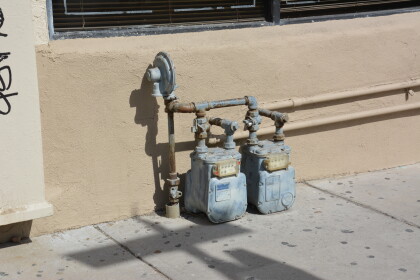
Comments
Add a comment